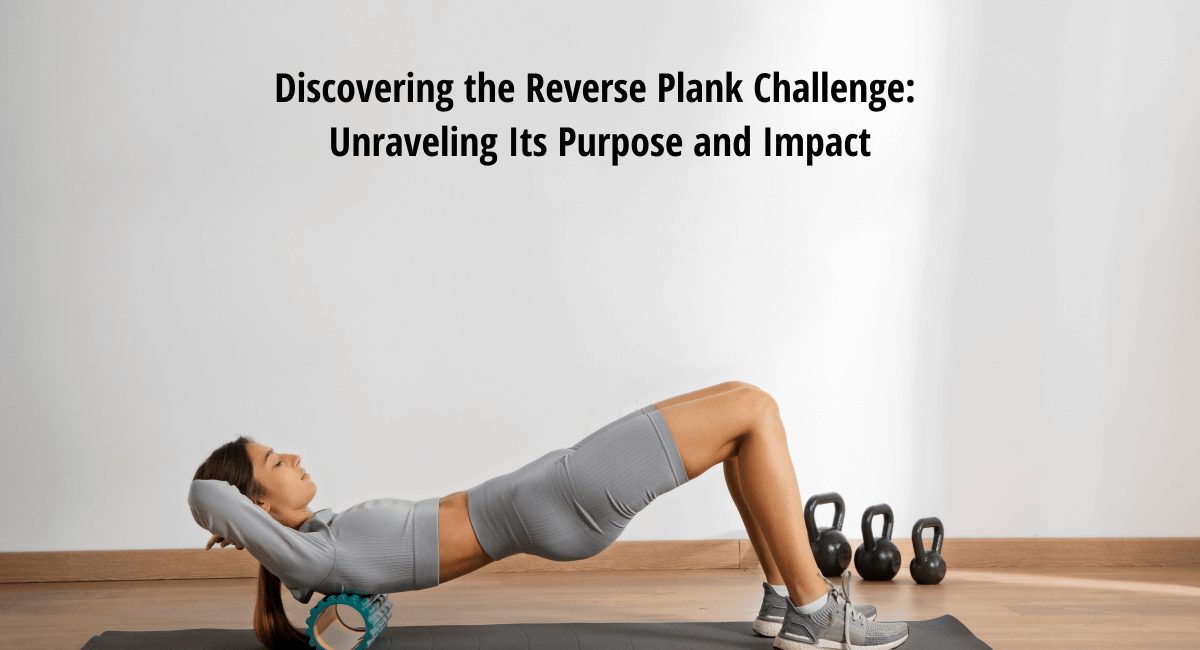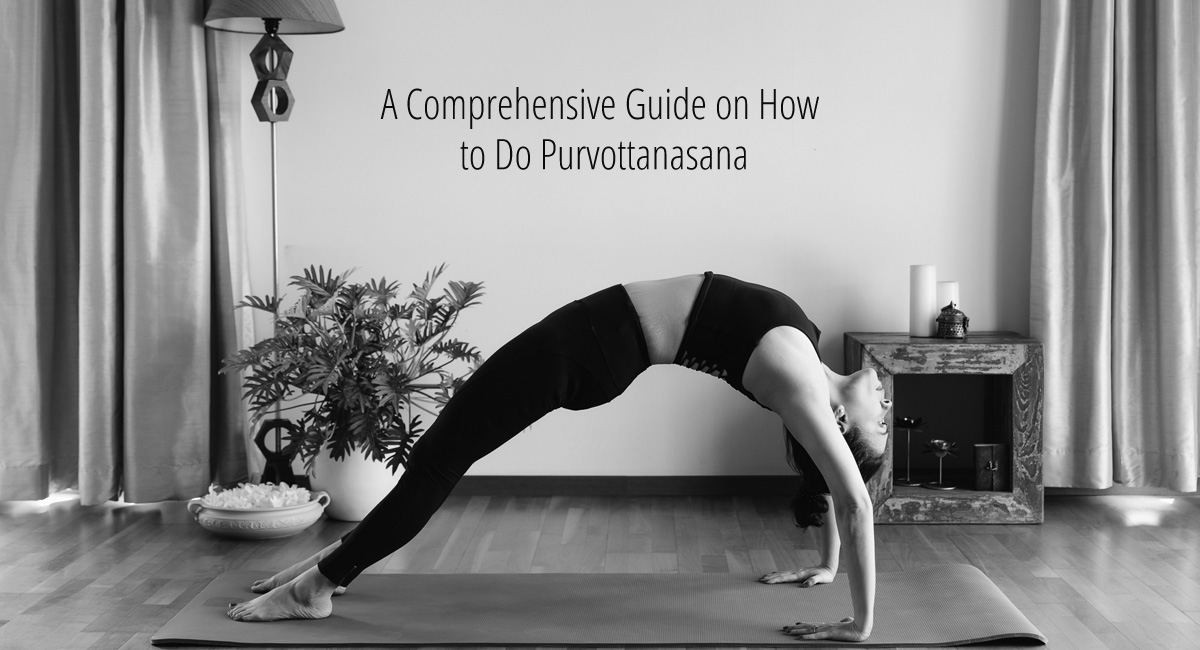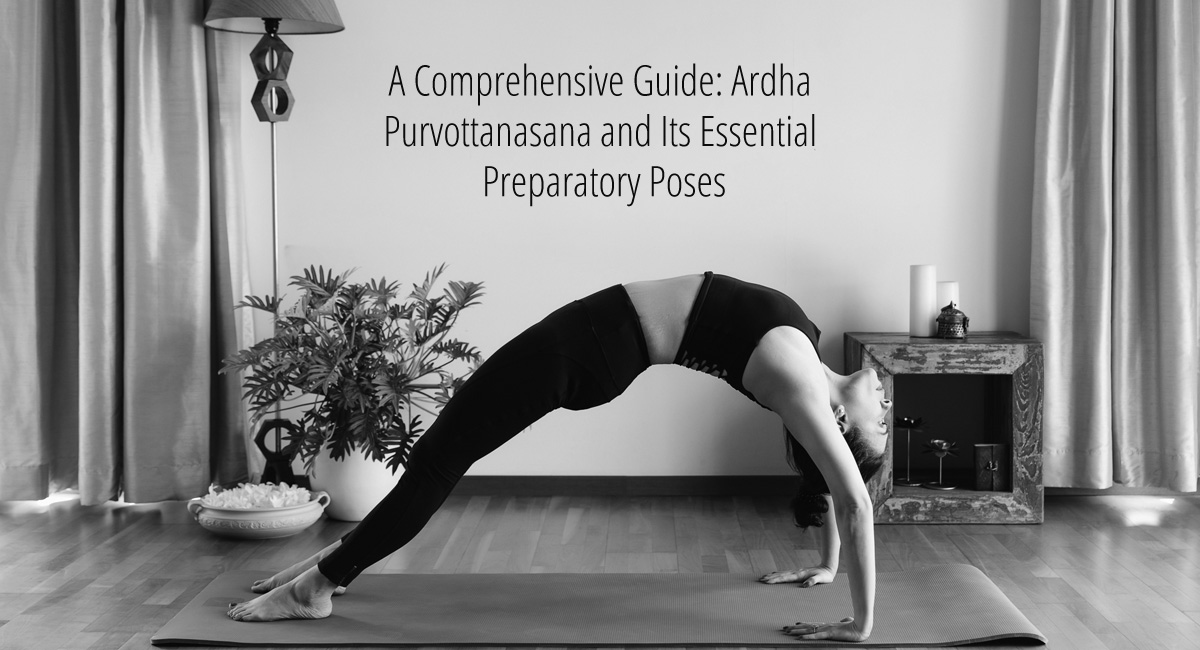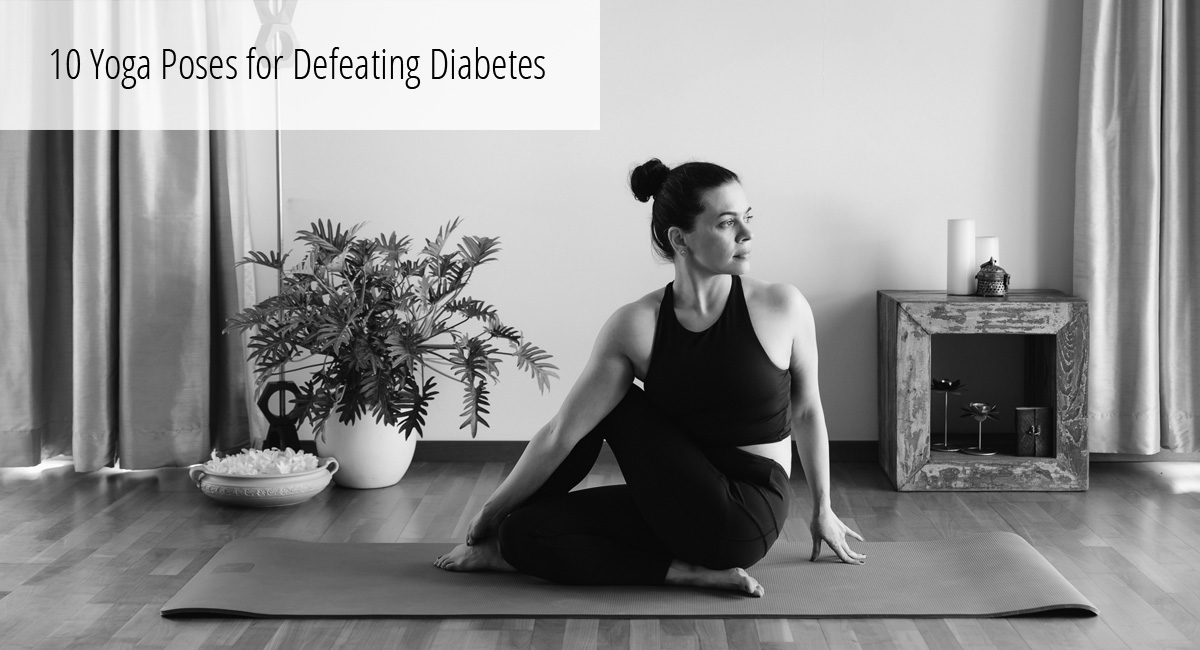
10 Yoga Poses for Defeating Diabetes
Table of Contents
What is Yoga?
Yoga is a practice that originated in ancient India and has been passed down through generations. It is a holistic approach to physical, mental, and spiritual well-being. The practice of yoga includes physical postures, breathing exercises, and meditation techniques that help to cultivate mindfulness, self-awareness, and inner peace.
The physical postures of yoga, known as asanas, are designed to improve flexibility, strength, balance, and overall physical health. The breathing exercises, known as pranayama, focus on regulating the breath and calming the mind. Meditation techniques, such as mindfulness and visualization, help to quiet the mind and promote mental clarity.
Yoga is not just a physical practice but a way of life that promotes a balanced and harmonious existence. The benefits of practicing yoga are numerous, including reduced stress and anxiety, improved physical health, increased self-awareness, and a greater sense of inner peace and happiness.
10 Yoga Poses For Defeating Diabetes
Yoga is a gentle and effective way to manage diabetes, as it helps to reduce stress, improve circulation, and lower blood sugar levels. Here are 10 yoga poses that can help people with diabetes:
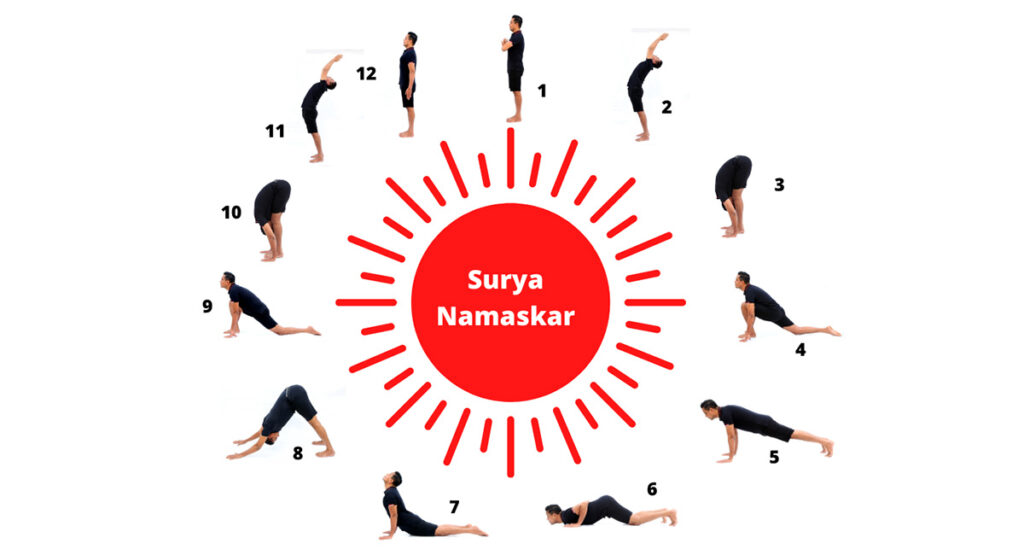
1. Surya Namaskar (Sun Salutation) – This sequence of 12 poses helps to stretch and strengthen the entire body, including the pancreas.
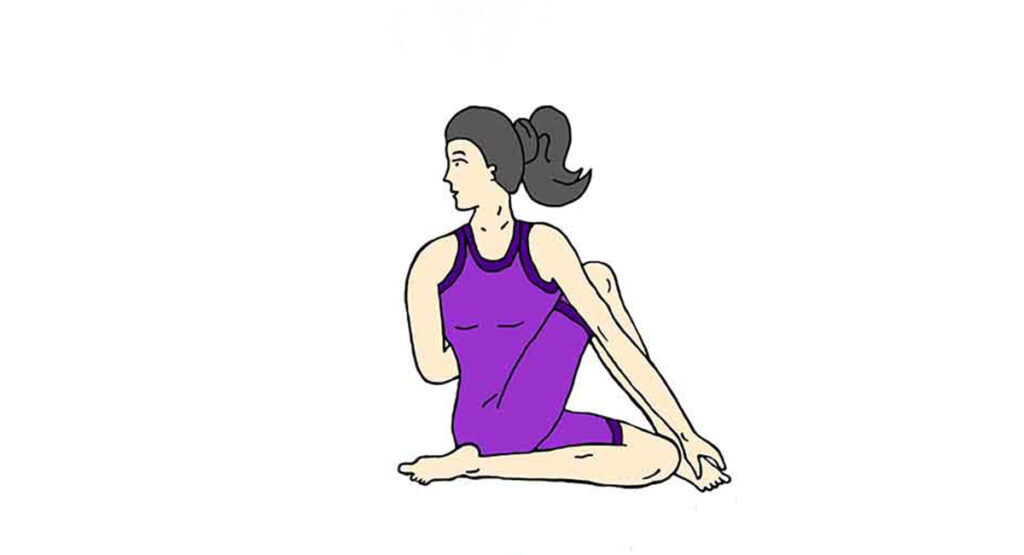
2. Ardha Matsyendrasana (Half Lord of the Fishes Pose) – This pose helps to stimulate the pancreas and improve digestion.
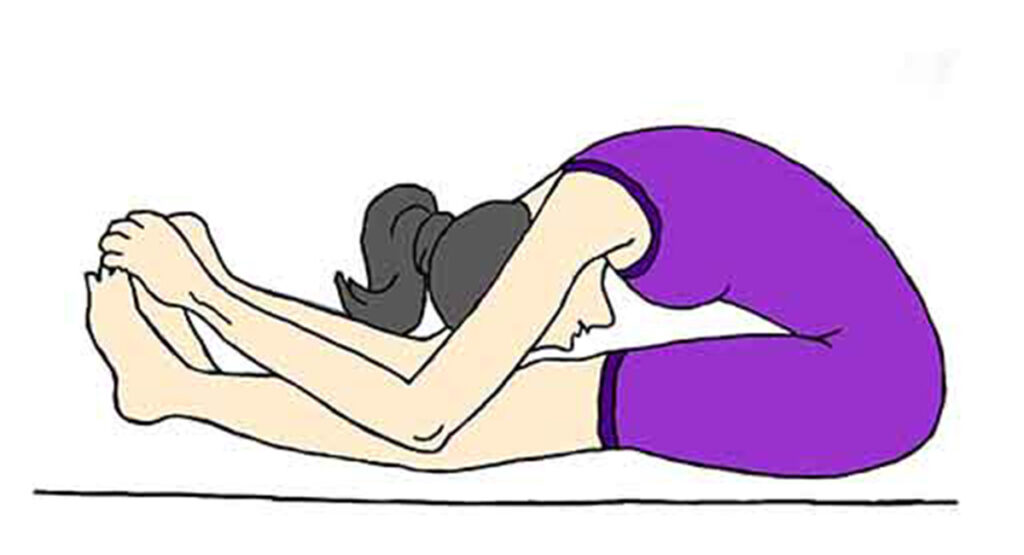
3. Paschimottanasana (Seated Forward Bend) – This pose helps to massage the internal organs and improve circulation.
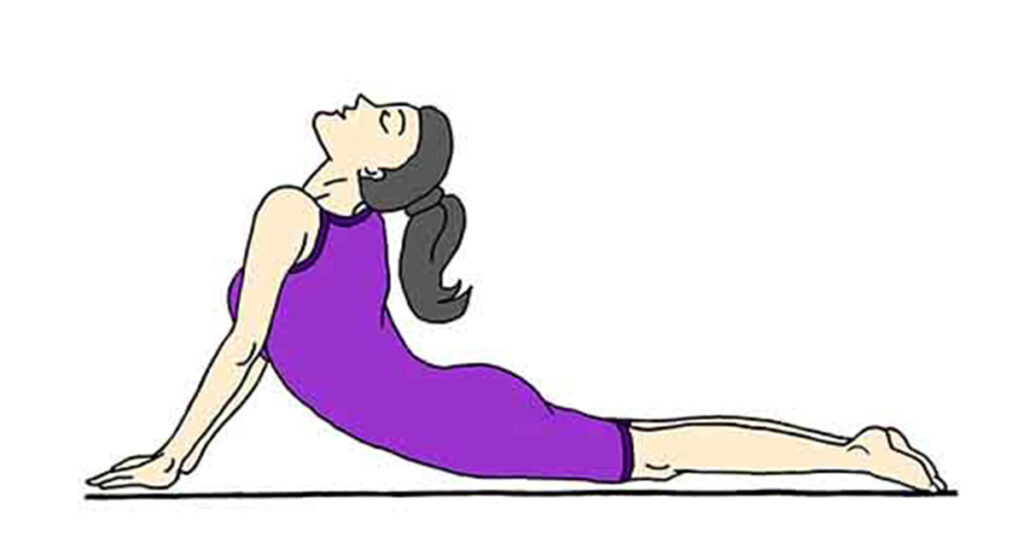
4. Bhujangasana (Cobra Pose) – This pose helps to stimulate the pancreas and improve digestion.
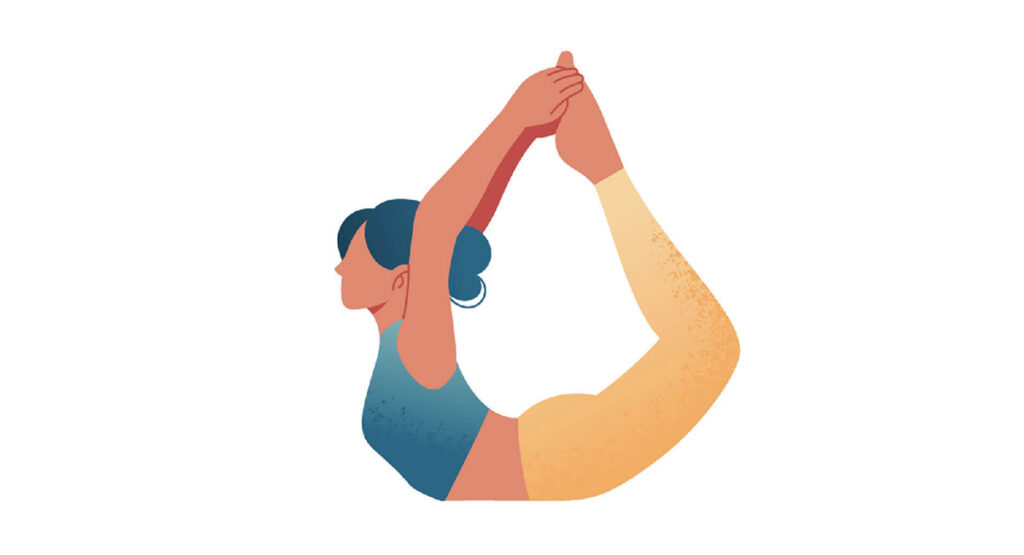
5. Dhanurasana (Bow Pose) – This pose helps to stimulate the pancreas and improve digestion.
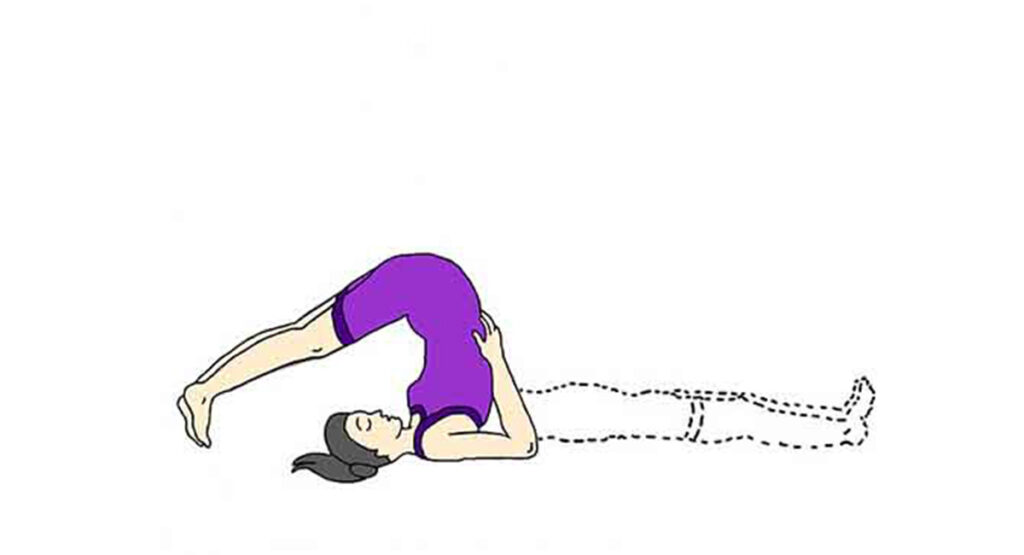
6. Halasana (Plow Pose) – This pose helps to improve circulation and stimulate the thyroid and pancreas.
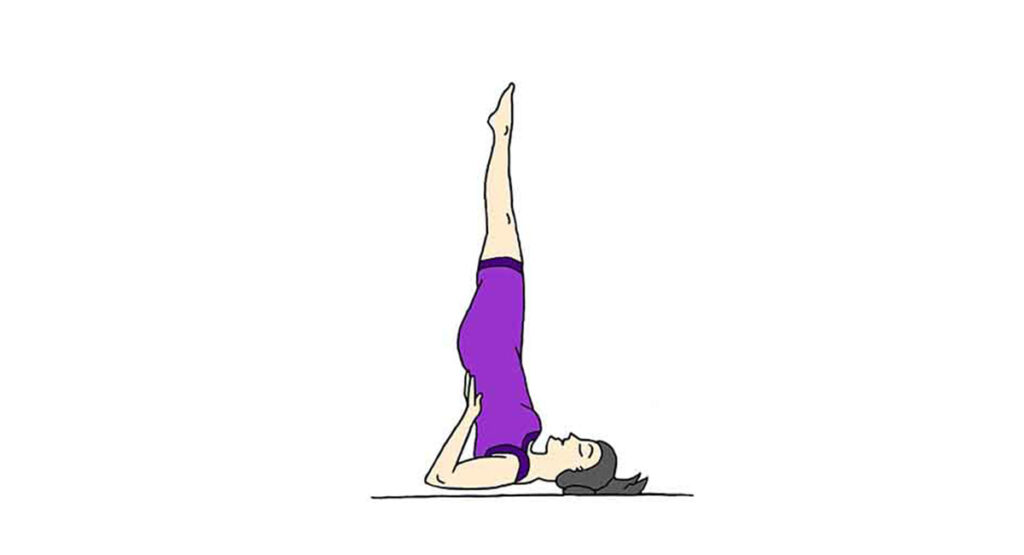
7. Sarvangasana (Shoulderstand) – This pose helps to improve circulation and stimulate the thyroid and pancreas.
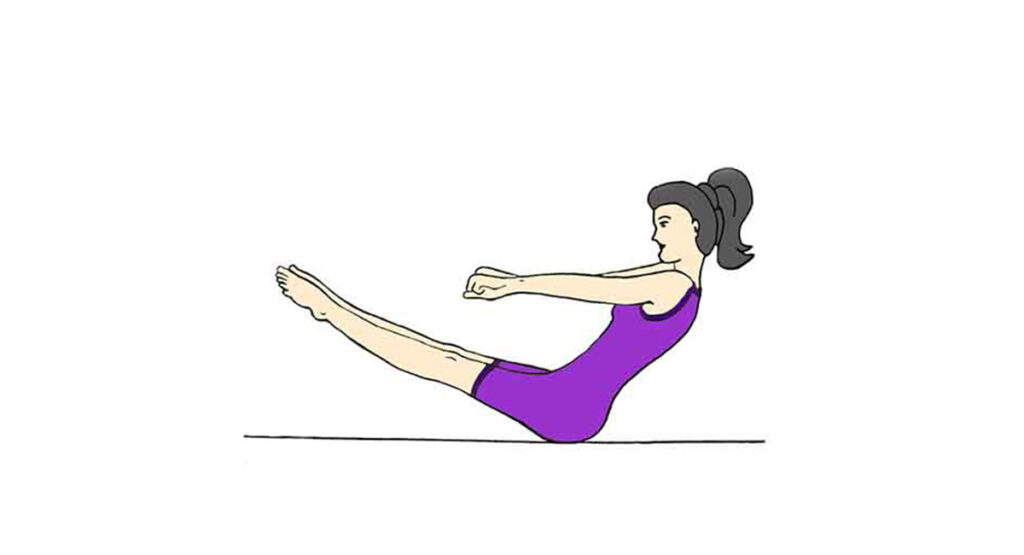
8. Naukasana (Boat Pose) – This pose helps to strengthen the core and improve digestion.

9. Viparita Karani (Legs-Up-the-Wall Pose) – This pose helps to improve circulation and reduce stress.
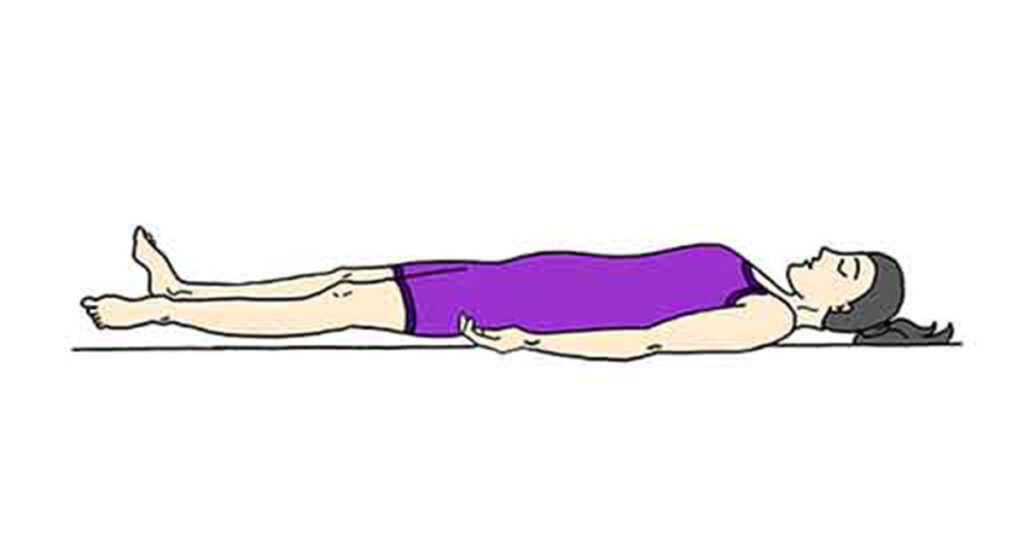
10. Savasana (Corpse Pose) – This pose helps to relax the body and mind and reduce stress.
Practicing these poses regularly can help people with diabetes to manage their condition and improve their overall health and well-being. It is important to consult with a healthcare professional before starting any new exercise routine.
How Often Should I Do Yoga?
The frequency of your yoga practice will depend on your goals and lifestyle. For general health and well-being, practicing yoga 2-3 times per week is sufficient. This will allow you to maintain flexibility, strength, and balance, as well as reduce stress and improve overall health.
If you are looking to achieve specific goals, such as improving flexibility or building strength, you may need to practice more frequently. For example, if you want to become more flexible, you may need to practice yoga 4-5 times per week.
Ultimately, the key to a successful yoga practice is consistency. Even if you only have a few minutes each day, practicing yoga regularly will help you to achieve your goals and maintain optimal health and well-being.
How Long Should I Hold Each Pose?
The duration for holding each yoga pose depends on various factors, such as the type of pose, your level of experience, and your body’s needs. For beginners, it is recommended to hold each pose for 5-10 breaths, which translates to 15-30 seconds.
As you become more experienced, you can gradually increase the duration of each pose. Some poses, such as balancing postures or inversions, may be held for a shorter duration due to their challenging nature. Whereas, more restorative poses such as seated forward folds, twists, and savasana can be held for a longer duration.
What Should One Wear To Yoga Class?
The clothing worn to a yoga class should be comfortable, breathable, and non-restrictive. Clothing made of moisture-wicking materials can help to keep you cool and dry during the class. Loose-fitting clothing, such as leggings, yoga pants, or shorts, can allow for greater freedom of movement and allow the body to breathe.
It is important to choose clothing that allows you to move freely without restriction or discomfort. Avoid clothing with buttons, zippers, or other accessories that could get in the way or cause irritation during practice.
Many people choose to wear form-fitting tops or sports bras that provide support and allow for ease of movement. Layers can also be useful, as they allow you to adjust your clothing based on your body temperature throughout the class.
In addition to clothing, it is also important to wear comfortable, non-slip footwear, such as yoga socks or bare feet, to ensure safety and stability during the practice.
What Should One Bring To The Yoga Class?
When attending a yoga class, it is important to bring a few essential items to ensure a safe and comfortable practice. Here are some things to consider bringing to your next yoga class:
- Yoga Mat – This is perhaps the most essential item to bring, as it provides a non-slip surface and cushioning for the practice.
- Water Bottle – Staying hydrated is important during any exercise, and yoga is no exception. A water bottle will help you stay refreshed and energized throughout the class.
- Towel – A small towel can be useful for wiping away sweat and keeping your hands and feet dry.
- Props – Depending on the type of class, your instructor may recommend or require props such as blocks, straps, or blankets. Be sure to bring any necessary props with you to the class.
- Comfortable Clothing – Wear comfortable, breathable clothing that allows for ease of movement and will not restrict your range of motion.
The Bottom Line
Yoga is a practice that offers numerous physical and mental benefits, including improved flexibility, strength, and stress reduction. To get the most out of your practice, it is important to attend classes regularly, listen to your body, and practice at a frequency and duration that works for you.
When attending a yoga class, wear comfortable, breathable clothing that allows for ease of movement, and bring essential items such as a yoga mat, water bottle, towel, and any necessary props. Holding each pose for 5-10 breaths is a good starting point, and the duration can be gradually increased as you become more experienced.
Consistency and focus on the quality of your alignment and breath are essential for a safe and effective yoga practice. Whether you are new to yoga or have been practicing it for years, the key to success is to listen to your body, respect your limits, and enjoy the journey.
For further information about yoga and how best to practice it, please visit the company website.
Interested in joining a yoga class or workshop? Enquire now!

I am a Pune based artist, Kathak dancer, Dance Movement Therapist, and an avid Yoga practitioner/ teacher. I am also the Director at the Sakal Media Group, a Trustee of Pune Blind School and Nirdhar Trust.
Being a part of Sakal Media Group, with its strong foundation of service and ethical journalism, I am deeply committed in making this world a better place by pushing boundaries, giving opportunities to others, following my convictions, helping others make better choices and to tell powerful stories that will help reshape the world we live in.



